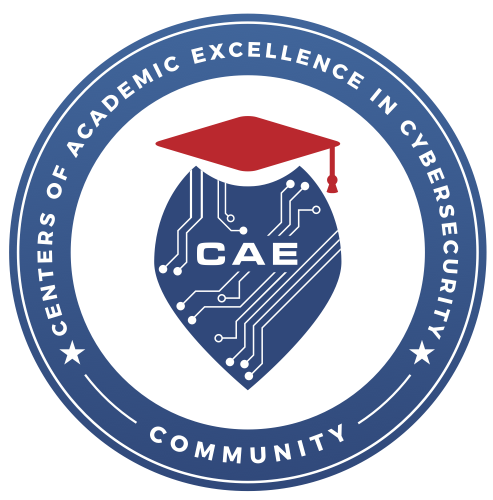Home | Advancing Technology Degrees | Digital Production
A potent skill is being able to tell an engaging, compelling story from multiple sources yet have it be understandable to its audience. With the global presence of smartphones and other devices, you possess powerful digital tools for capturing still and video images with audio to create content. As wearable technology evolves and augmented reality becomes standard on our devices, new forms of produced and real-time interactions with images, graphics, animations and videos are accessible to most people connected to the internet. Multi-experience, multi-platform digital content represents the next evolution of storytelling.
The Digital Production degree at University of Advancing Technology (UAT) prepares students to become creative technologists working behind the scenes to capture, edit and produce experiences for businesses, organizations, information sharing, brand development and entertainment. Students engage in real-world production work, learning industry practices and expectations while engaging with external clients. Through explorations of the aesthetic principles of visual storytelling and industry standard production and post-production tools, Digital Production students produce industry quality works shared across a variety of platforms, including web, mobile, kiosk, wearable, and AR/VR. As innovations in digital image creation, post-production and distribution continue to become the new industry standards, graduates of UAT's Digital Production degree program will be uniquely positioned to apply new technological solutions to the task of delivering visual content to evolving 21st century audiences.
Check out some of this semester’s Digital Production courses and gear up for fresh challenges. Unlock new skills and power up your education.
This course introduces the student to the theories and techniques used in lighting and scene design when creating a setting for digital film, animation or game projects. Script analysis and interpretation may be used to teach the principles of style, form and balance in scene design. Lighting subjects include the psychological effects of light and color. Students will be introduced to the basic lighting elements of visibility, selective focus, modeling and imparting mood to a scene.
This course serves as a foundation for familiarizing students with the fundamentals of digital audio. Students will explore the theories and techniques necessary to record and edit sound for use in digital media. Topics covered include the perception of sound, waveform editing, digital signal processing sound effects, MIDI, voiceovers and music composition.
In this highly collaborative setting, students will learn makeup techniques for use in digital film and as a basis for facial animation. Basic corrective, old age and fantasy makeup techniques will be used as building blocks for character and effects makeup. Effects may include burns (gelatin build-up), scars, bleeding wounds and monster faces using wax and/or latex build-up.
From Saul Bass to Kyle Cooper, from Psycho to Se7en and onward to every commercial in recent memory. Motion Graphics is the art and science of using design as a storytelling tool. Using text, images, graphic elements, animation, camera movement and music, students will explore the concepts, aesthetics and techniques that shape this fast-growing and ever-changing field. Practical exercises throughout the course are designed to develop software competency and assist students in building board-quality complete works.
This course will expose the student to the tools and techniques that will allow them to light a variety of stories. Students may use light kits, gels and filters to produce 3-point lighting and soft or hard lighting, and craft an array of different settings. Different styles of motion picture lighting will be analyzed and the student will have the opportunity to recreate the lighting used in specific scenes.
Compositing is defined as the combination of two or more images into one final image. Students will explore the art, science and history of visual effects compositing from its earliest, celluloid-based origins through its most recent digital implementations in film and video production. Practical exercises throughout the course are designed to develop software competency and assist students in building boards quality complete works.
Educating the next wave of innovators, our faculty leverage their experiences to mentor students to lead innovations and solve challenges in advancing technology.
UAT’s Synchronic Learning model provides an education framework that prepares superior graduates to become tomorrow’s innovators. This model embodies UAT’s methodologies, curricula and community dedicated to fostering an environment of innovation that promotes demonstrated mastery and job readiness.
How does UAT prepare superior graduates? Students are required to participate in projects that solve real problems. UAT requires students to innovate and create a working proof of concept that’s never been done before. Students complete internships, community projects and apprenticeship experiences to cultivate their ability to succeed in the workplace.

Network Security curriculum certified by the US National Security Agency's Information Assurance Courseware Evaluation program
